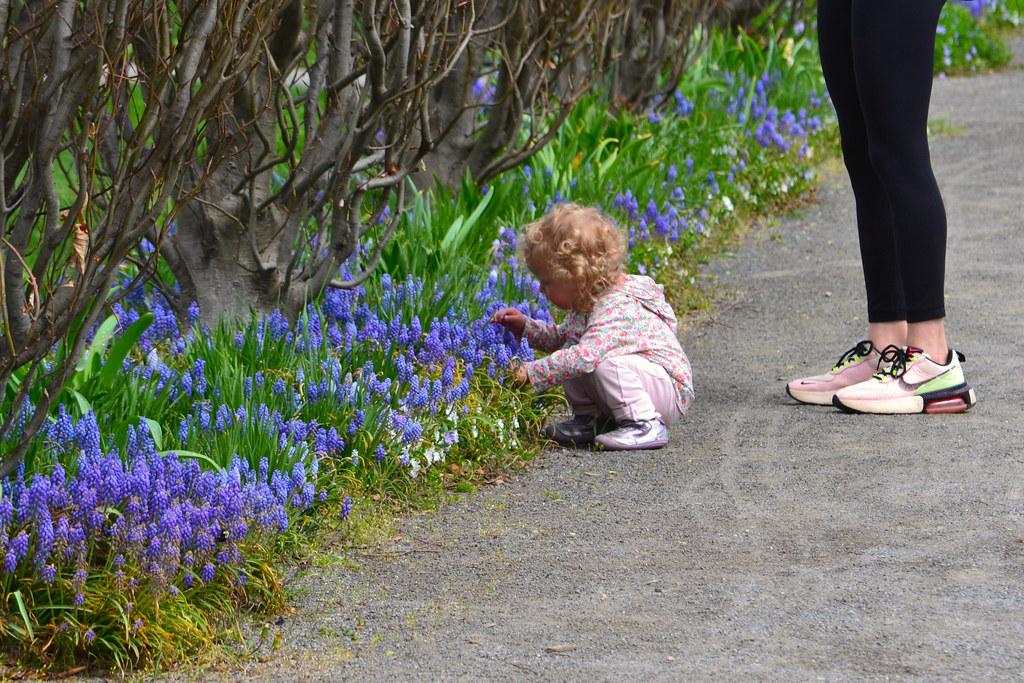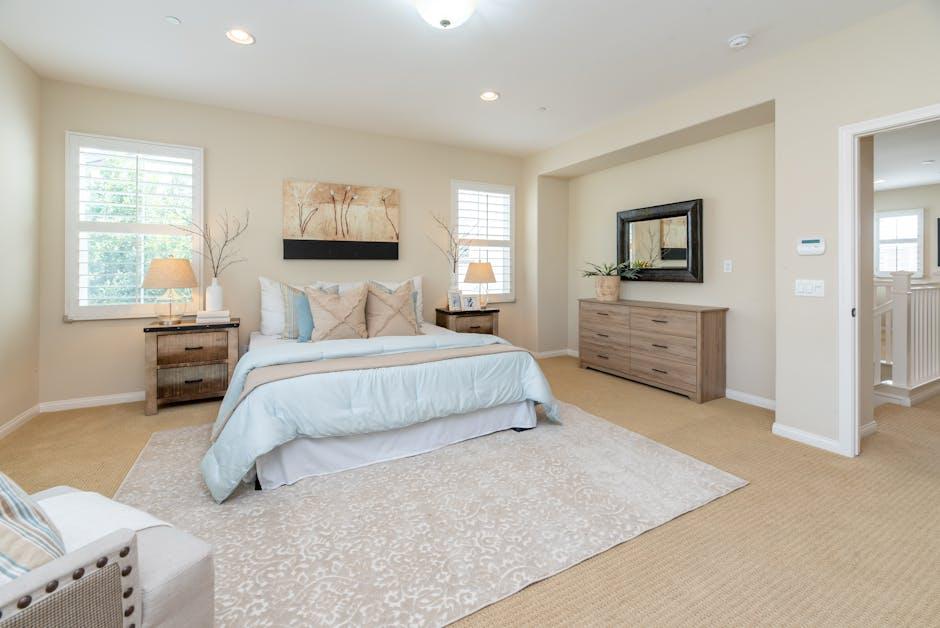In today’s fast-paced world, finding moments of calm and clarity can feel like an elusive dream. Yet, the practice of mindfulness offers a pathway to serenity, helping us to cultivate a deeper connection with ourselves and the present moment. Whether you’re seeking to reduce stress, enhance focus, or simply find a sense of balance, starting a mindfulness routine can be a transformative journey. This article will guide you through practical tips to gently integrate mindfulness into your daily life, offering encouragement and understanding as you embark on this path towards greater well-being. Remember, every mindful moment is a step toward a more peaceful and fulfilling life.
Setting the Foundation for Your Mindfulness Practice
Establishing a solid base for your mindfulness practice is essential for nurturing a consistent and effective routine. Begin by identifying a dedicated space where you can comfortably engage in mindfulness exercises. This doesn’t have to be an entire room—simply a corner with minimal distractions. Consider adding elements that promote tranquility, like a soft cushion, a calming candle, or a small plant.
- Start Small: It’s tempting to dive into lengthy sessions, but starting with just 5 minutes a day can be more sustainable.
- Consistency Over Duration: Practicing daily, even for a short period, is more beneficial than sporadic longer sessions.
- Be Kind to Yourself: It’s normal for the mind to wander. Acknowledge this without judgment and gently bring your focus back.
Consider the timing of your practice. Some people find that starting their day with mindfulness sets a positive tone, while others prefer to wind down with it in the evening. Experiment to discover what aligns best with your lifestyle and preferences. Here’s a simple guide to help you decide:
| Time of Day | Potential Benefits |
|---|---|
| Morning | Sets a calm, focused tone for the day |
| Afternoon | Provides a refreshing break to recharge |
| Evening | Helps unwind and promotes restful sleep |

Creating a Calming Space to Enhance Focus and Relaxation
Designing a space that fosters both focus and relaxation can significantly enhance your mindfulness routine. Begin by choosing a location in your home that feels naturally calming and has minimal distractions. This could be a corner in your living room, a spot by a window, or even a dedicated room if available. The key is to create an environment that invites peace and tranquility.
- Lighting: Opt for soft, natural light. Consider using dimmable lamps or candles to create a soothing ambiance.
- Colors: Use calming colors such as soft blues, greens, or neutral tones to promote a serene atmosphere.
- Textures: Incorporate soft cushions, plush rugs, or a cozy throw blanket to add comfort and warmth.
- Plants: Introduce a few indoor plants to bring nature inside and improve air quality.
- Scents: Use essential oils or scented candles with calming fragrances like lavender or chamomile.
Consider arranging your space with a few essential items that encourage mindfulness. A small table or shelf can hold your favorite books, a journal, or meditation tools like a singing bowl or mala beads. Below is a simple table to help you organize these elements:
| Element | Purpose |
|---|---|
| Meditation Cushion | Comfort during meditation sessions |
| Journal | Reflect on thoughts and experiences |
| Scented Candle | Create a calming atmosphere |
Remember, the goal is to make this space your own—a sanctuary where you can retreat to whenever you need a moment of peace. By tailoring it to your preferences and needs, you create a personal haven that enhances both your focus and relaxation.

Incorporating Mindfulness into Daily Activities with Ease
Integrating mindfulness into everyday activities doesn’t require hours of meditation or special equipment. It’s about bringing awareness to the present moment, allowing you to experience life more fully. Here are some simple ways to weave mindfulness into your daily routine:
- Mindful Eating: Pay full attention to the taste, texture, and aroma of your food. This practice not only enhances the enjoyment of your meals but also aids in digestion and helps control portion sizes.
- Walking with Awareness: Whether it’s a walk in the park or a stroll to the office, focus on the sensation of your feet touching the ground and the rhythm of your breath. Notice the sights, sounds, and smells around you.
- Mindful Listening: When in conversation, truly listen to the speaker without planning your response. This deepens connections and improves communication.
Consider starting small with just a few minutes each day, gradually building up as you become more comfortable. To help you get started, here’s a quick comparison of mindfulness practices:
| Activity | Time Required | Benefits |
|---|---|---|
| Mindful Breathing | 5 minutes | Reduces stress, increases focus |
| Body Scan | 10 minutes | Enhances body awareness, promotes relaxation |
| Mindful Journaling | 15 minutes | Clarifies thoughts, boosts emotional health |
Remember, mindfulness is a personal journey, and it’s important to find what works best for you. Embrace the process with patience and self-compassion.

Overcoming Common Challenges and Staying Motivated
Starting a mindfulness routine can be both rewarding and challenging. It’s natural to encounter obstacles along the way, but recognizing these hurdles and developing strategies to overcome them can keep you motivated and on track. Here are some common challenges and ways to tackle them:
- Time Constraints: In our busy lives, finding time for mindfulness can be difficult. Try integrating mindfulness into your daily activities, such as mindful walking, eating, or even during your commute. Remember, even a few minutes of mindfulness practice can be beneficial.
- Restlessness: It’s common to feel fidgety or distracted when starting out. Accept that these feelings are part of the process. Begin with short sessions and gradually increase the duration as you become more comfortable.
- Lack of Immediate Results: Mindfulness is a journey, not a destination. While you might not see immediate changes, trust that consistent practice will bring about positive effects over time. Keep a journal to track subtle changes and celebrate small victories.
| Challenge | Solution |
|---|---|
| Procrastination | Set specific times and reminders to practice mindfulness daily. |
| Self-doubt | Join a community or find a mindfulness buddy for support and encouragement. |
Staying motivated is crucial. Remind yourself why you started this journey and the benefits you hope to gain. Visualize the positive impact mindfulness can have on your life, and let that vision inspire you to persevere through challenges. Remember, every small step forward is progress.








































